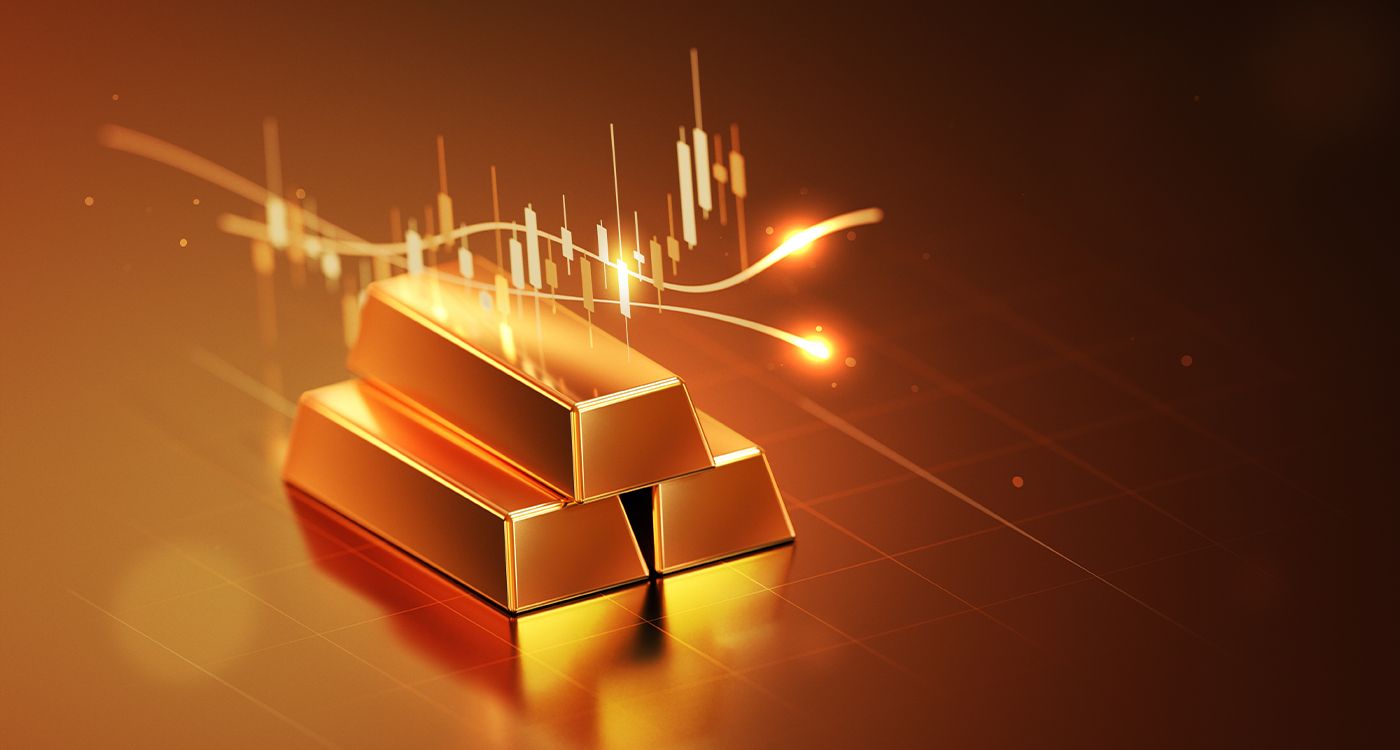
In recent years, gold reached spectacular new heights, setting historic records amid global economic turbulence. Silver, though traditionally aligned with gold's trends, has seen gains but hasn't set new records. So why does gold soar while silver remains more restrained?
In 2024, gold surged by approximately 27%, setting new records, while silver, though up 27.5%, showed more moderate fluctuations. However, unlike gold, silver has yet to surpass its all-time high.
The primary driver behind gold's meteoric rise is its long-established role as a safe-haven asset. In times of economic, political or geopolitical uncertainty, gold is seen as a reliable store of value, prompting investors to use it to safeguard their wealth. Global crises, geopolitical tensions and rising inflation all push investors to seek safer alternatives to traditional currencies and riskier financial assets, driving gold prices to soar.
Gold is also seen as a strong hedge against inflation. When governments increase public spending or ease monetary policies, traditional currencies often lose value, prompting investors to turn to gold. Institutional investors — such as central banks and investment funds — play a significant role in driving demand. As a “proven” asset, gold is widely held by these institutions as a strategic store of value, further solidifying its reputation as a safe-haven asset.
Additionally, gold is a rare and finite asset. The total amount of gold on Earth is estimated to be less than 54,000 tons, with new discoveries insufficient to meet the rising demand. In contrast, silver is more abundant, allowing for greater flexibility in price adjustments. According to statistics, global silver reserves were estimated at 610,000 metric tons in 2023.
Unlike gold, silver has a considerably higher industrial demand, playing a crucial role in various industries, including electronics (such as chips), solar panels, photography and medical technologies. This industrial reliance makes silver more vulnerable to global economic fluctuations, especially during downturns or periods of reduced industrial activity. In 2024, silver’s industrial demand saw a significant boost, driven by the surge in electric vehicles and the growing adoption of photovoltaic panels.
However, during a recession, the demand for silver in industrial applications can slow down, dampening its potential for significant price increases. In contrast, gold continues to benefit from consistent demand as a safe-haven asset.
Although silver generally follows gold's trend, it has historically been more volatile in comparison. Due to its heightened sensitivity to economic and industrial shifts, its price can significantly fluctuate in response to external factors like economic policies or technological innovations. On the other hand, gold tends to be “less affected” by these influences and often rises when global risk perceptions increase. This volatility in silver can limit its potential for rapid price gains.





Comments